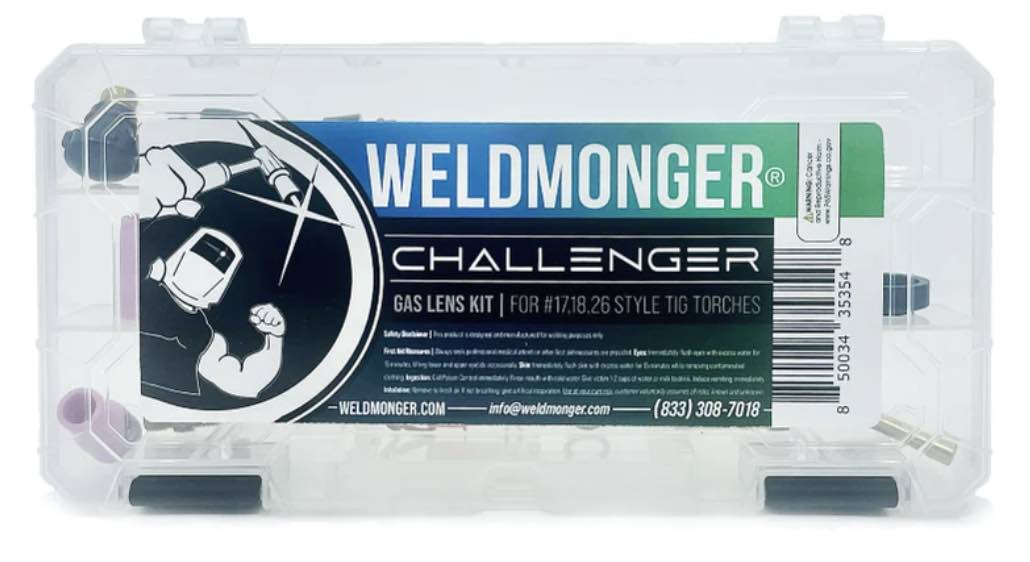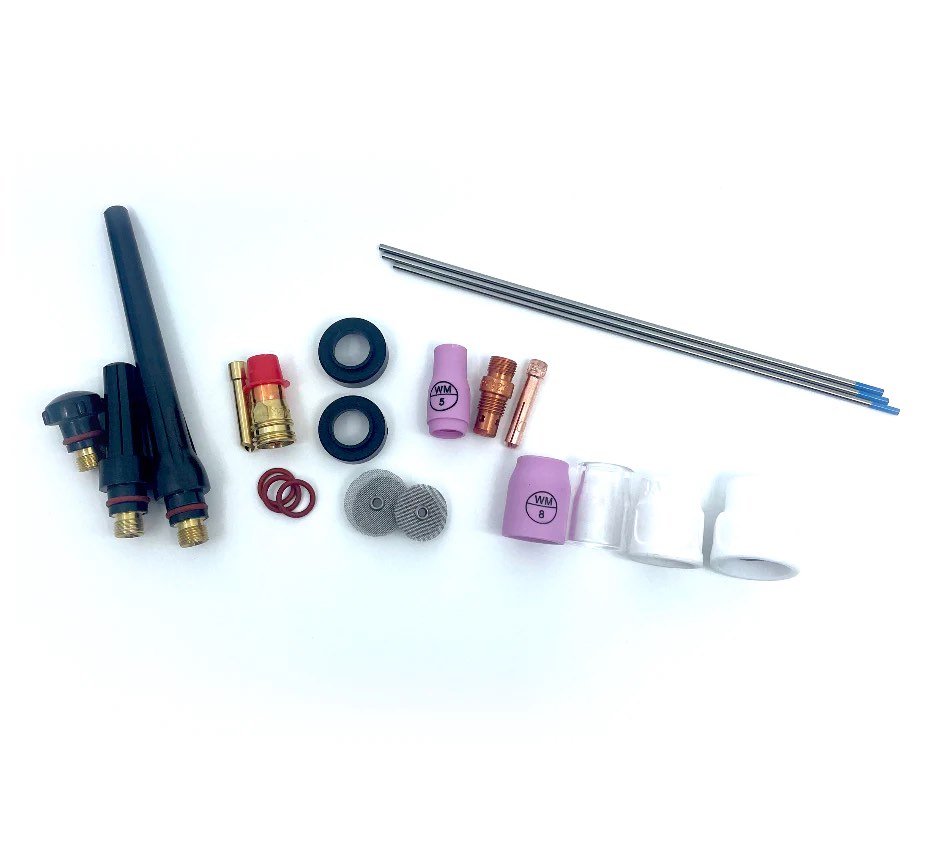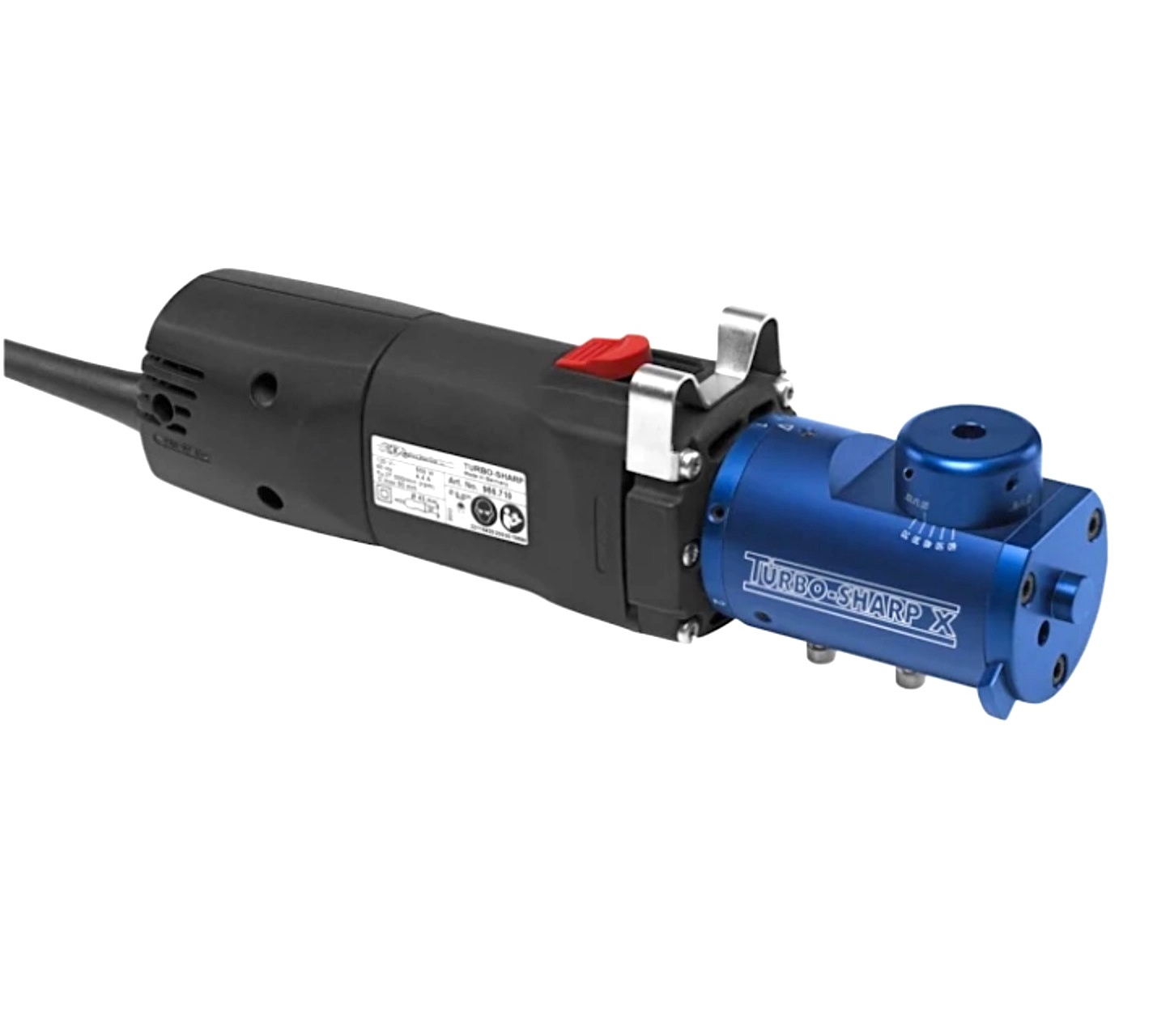Cutting and Sharpening tungsten Electrodes
...Introducing the New WeldMonger Challenger TIG kit that includes the most frequently used Cups.
The first thing to remember in cutting and sharpening tungsten electrodes is to cut the tungsten the right way.
Different types of tungsten differ in how they splinter when you break them so its best to not snap them at all with pliers, wire dykes, or fingers.
When you snap tungsten without scoring it with a grinder, you risk splitting.
Sometimes it's obvious.
Other times it's not so obvious.
When it's not so obvious, you might go ahead and sharpen it without knowing the tungsten is split...and that can even disguise the split.
A split tungsten does not always act up on DCEN but on AC it will usually cause a very unstable arc.
A lesson Learned about cutting and sharpening tungsten
I was giving a welding test to someone on a 3G aluminum butt joint using .040" thickness 6061t6.
He was using a standard WPS that had proven to work hundreds of times with a #7 gas lens cup with 14-20 cfh argon and a 1/16" tungsten and using a 1991 model miller syncrowave 250.
The arc was so erratic that he couldnt get decent bead after several practice plates.
It was so bad that he spent over an hour checking settings, argon flow etc. before I noticed his electrode was split.
After he switched electrodes to a properly cut electrode that wasn't split, the arc stabilized ... the problem was fixed and he ran a good test.
How to sharpen tungsten and how NOT to Sharpen tungsten
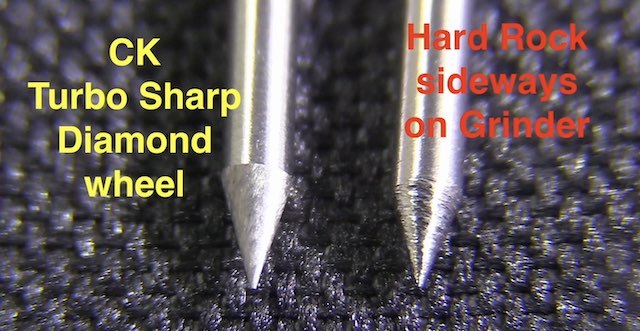
Once you cut a tungsten the right way and without splitting it, there are right and wrong ways to sharpen a tungsten electrode.
Sharpening a tungsten on a bench grinder or angle grinder with a hard rock is not the best method.
Especially if you grind it with the grinding marks running sideways.
Don't get me wrong, I've done it a thousand times using scratch start tig on pipe and even on X rayed welds. But that was with scratch start at anywhere from 65 to 150 amps.
For high frequency start at lower amp starts, there are much better ways.
A hard rock on an angle grinder works ok for a lot of applications but for precision low amp arc starts and for thinner metals, you can easily have a wandering and unstable arc that will melt things you don't want to melt.
Think about starting an arc right next to a thin cooling fin.
You point the tungsten where you want the arc start but it stutters and jumps over to the cooling fin and might just make a mess before you can get off the foot pedal.
The best way to sharpen tungsten is with a dedicated tungsten grinder with a smooth diamond wheel and with precision angle settings.
Like this CK turbo sharp tungsten grinder
But What if you don't have a tungsten grinder?
- First off, you want to use a rather fine grinding wheel with around 120 grit or finer. ( most aluminum oxide wheels on bench grinders are 36 to 60 grit)
- Secondly, you want make sure that your grinding scratches are running lengthwise and not sideways.
- third, Holding the tungsten electrode with a drill motor at low rpm helps get a consistent grind.
A rather cheap way to cut and sharpen tungsten electrodes is with this cheap set of diamond wheels from harbor freight.
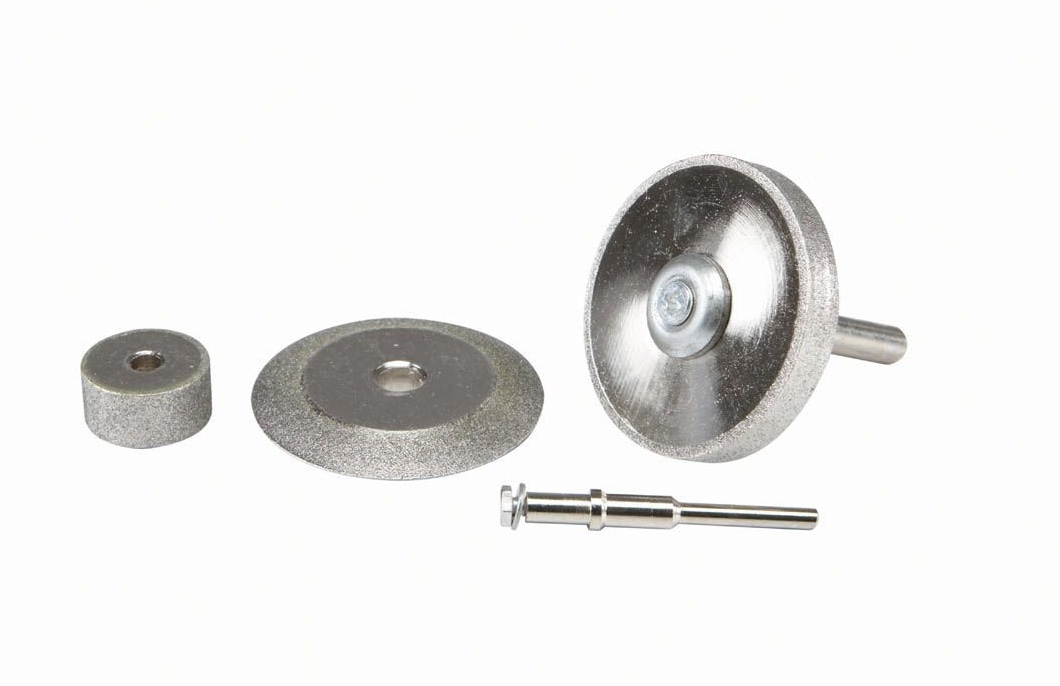
At Welderskills.com we have regular Zoom calls where we tackle topics like cutting and sharpening tungsten electrodes.
some questions we addressed on a recent Zoom were...
1. When experimenting with the tip angle, I’ve noticed that, with a very sharp tip, a secondary arc spreads out a little behind the primary arc and possibly causes unintended effects such as undercut. This has caused me to revert to a tip with quite a large angle, even for very fine work. So I’m not a fan of the needle-like tip. It seems to me that the arc is better concentrated with a large-angle tip. And I’m not at all convinced that a sharp angle gives any better stability than a large angle tip. I’d like to hear Jody’s thoughts on that.
2. When experimenting with different tungsten types and how they well they ball up when welding aluminium, I’ve noticed that, with a x10 or x20 magnifier, some tungsten types are more prone to producing a tiny blow-hole in the side of the ball, and this leads to an unstable arc or a non-uniform arc. If I remember correctly, the 2% lanthanated is least likely to do this, but ceriated, which is recommended for AC, is prone to it. Jody’s thoughts?
3. I know Jody is a fan of 2% lanthanated tungsten as the go-to electrode for practically all occasions, but I notice that suppliers of welding consumables also offer 1.5% metal oxide dopings along with the 2% dopings of the same oxides. What does Jody think about the 1.5% versions compared to the 2% versions; is there really such a difference that it’s worth the while of manufacturers to offer both types? Is it marketing BS or could there be occasions when a 1.5% might be the better choice. Obviously, if a code called for a 1.5% electrode, then there’s no arguing: that’s what you’d use.
We adressed all these excellent questions and a lot more.
Take a free trial over at welderskills and see


